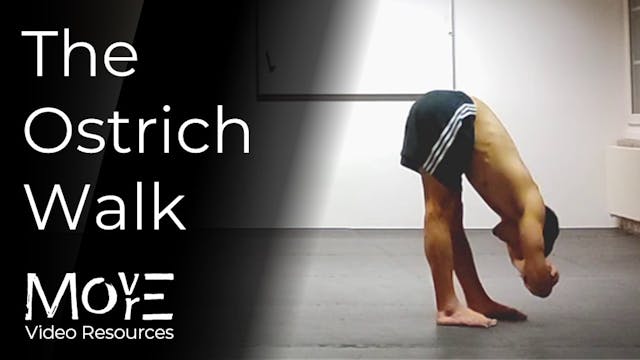Ankle-dorsiflexion development
Lower-body elasticity
•
1m 10s
THE WHAT:
Whist consistent practice of these two simple forms contributes toward developing range & elasticity in ankle-dorsiflexion, their form & position (i.e. 'hinged' in the hip), also affects the hamstrings of the 'working' leg. For this reason, they are equally valuable in developing FRONT-FOLDING ranges, particularly the unilateral 'Head-to-toe' form, in which dorsiflexion ultimately becomes a limiting factor.
RESOURCE CONTENTS:
0:06 – Floor calf-pulses
0:40 – Wedge calf-pulses
LEARN MORE & PROGRAMMING (subscriber-only):
https://drive.google.com/file/d/14fIW2KziI3gyye6kljv36ppH0u51czq3/view?usp=drive_link
______________________________
For programming, guidance, & support for your physical practice:
FREE fundamental prehabilitation program: https://www.movemoremp.com
Online Support (1 to 1 coaching): https://movemoremp.com/onlinesupport
Elements (standardised programs): https://www.movemoremp.com/elements
[email protected]
Up Next in Lower-body elasticity
-
The 'Ostrich Walk'
THE WHAT & HOW:
A dynamic, ballistic locomotion pattern which develops the elasticity of the posterior-chain, further to range in front-folding & active compression (when executed with this intent, i.e. active PULLING of the top of the head toward the floor).Practitioners should be mindful - wh...
-
Walking front & back sagittal-kicks
THE WHAT:
A bipedal, locomotion-conditioning context which expresses & develops the elasticity of the legs (both posterior & anterior-chain) through the practice of walking kicks, in the sagittal plane.___________________
For programming, guidance, & support for your physical practice:The 'Vi...
-
Unilateral 'good-morning' pulses
THE WHAT:
A simple context which takes the unilateral, straight-legged 'good-morning' form to work in the END-range only, with focus on range & elasticity development of both hinging & front-folding positions. Because of this, it has notable transferability to the front-folded 'Head-to-toe' mobil...



